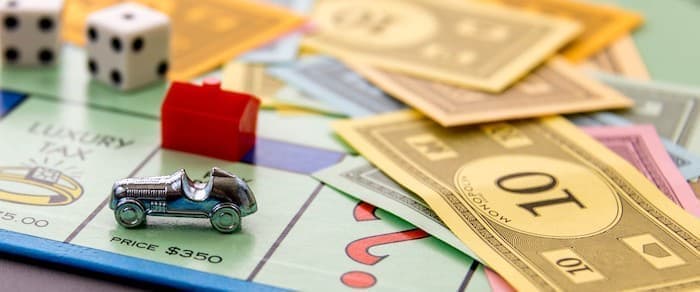High Oil Prices Could Derail America’s Economic Recovery

Way back in March, a veritable eternity ago if you measure by the daily news cycle, Oilprice reported that high oil prices were coming down the pike, and while oil execs celebrated their long, painful comeback, consumers would be the ones to pay the price at the pumps. And now, at long last, that prophecy is coming to pass in full force.
Oil has been to hell and back in the last 18 months. The pandemic gave a rough and bumpy ride to nearly every industry and economic sector out there, but few felt the full force of the novel coronavirus’ devastation and disruption as acutely as the oil and gas sector. In early 2020, as the COVID-19 pandemic was just beginning to sweep the globe, OPEC and its allies, most notably Russia, entered into talks to decide how to address the sudden drop in oil demand as global industry slowed to a crawl and the worldwide community retreated into their houses. These talks ended in fierce disagreement between the OPEC+ members of Russia and Saudi Arabia, which then devolved into an all-out oil price war, flooding the already saturated market with surplus oil. The situation got so out of hand, with oil storage around the world at such a deficit, that on April 20, 2020, in what some are now referring to as “Black April” owning oil became a liability and oil prices went negative for the first time in history. And they didn’t just dip below zero, they plunged to nearly negative $40 USD per barrel according to the West Texas Intermediate crude benchmark.
The devastation was felt strongly in the United States shale sector and in the Permian Basin, which saw a rash of bankruptcies, shut-in wells, and laid-off oilfield workers. So it seems unthinkable that we’re now hearing “you could very easily see oil hitting $100 a barrel, potentially even higher,” in the words of none other than former U.S. Energy Secretary Dan Brouillette. But prices could just as easily collapse. And, once again, the source of the volatility is OPEC+.
Until now, oil producers have remained amazingly and uncharacteristically steady and reserved, sticking to their promised production caps so as to restore order in oil and gas markets. “Historically, the highly cyclical and predictable pattern of oil production would mean that oil producers would all be rushing to the pumps right now in order to capitalize on high oil prices before flooding the market with oil, depressing prices, instating caps, and starting the pattern all over again,” Oilprice reported in that March harbinger of what was to come. “Wash, rinse, repeat.”
And that dynamic is exactly what’s at the heart of the most recent OPEC+ struggle, which has seen prices spike to over $75 per barrel as Saudi Arabian and the United Arab Emirates grapple over an important deal on OPEC’s oil output policy. “Without a deal, oil prices could surge and threaten to derail a frail economic recovery, CNBC warned this week. If the talks collapse à la 2020, we could even see another oil price war, although that’s a far less likely scenario.
Ultimately, the chickens are home to roost, and we consumers are going to feel it at the gas pump. “Rising Oil and Gas Prices Add to U.S. Economic Challenges” a New York Times headline proclaimed this week. Even if everything gets ironed out in a hurry over at OPEC HQ, these high prices are hitting consumers at a time while we are still flighty and shaken from the economic devastation of the last year, and spooked consumers could spell long-term trouble for the United States’ overall economic recovery.
“The rapid run-up comes at a delicate moment for the U.S. economy, which was already experiencing the fastest inflation in years amid resurgent consumer activity and supply-chain bottlenecks,” the Times explains. “And it could cause a political headache for President Biden as he tries to convince the public that his policies are helping the country regain its footing.”
It’s not likely that oil prices will stay this high for long. But the damage could be extensive if it makes U.S. residents distrustful of domestic policies or reluctant to get back out there and participate in the economy at pre-pandemic levels.




